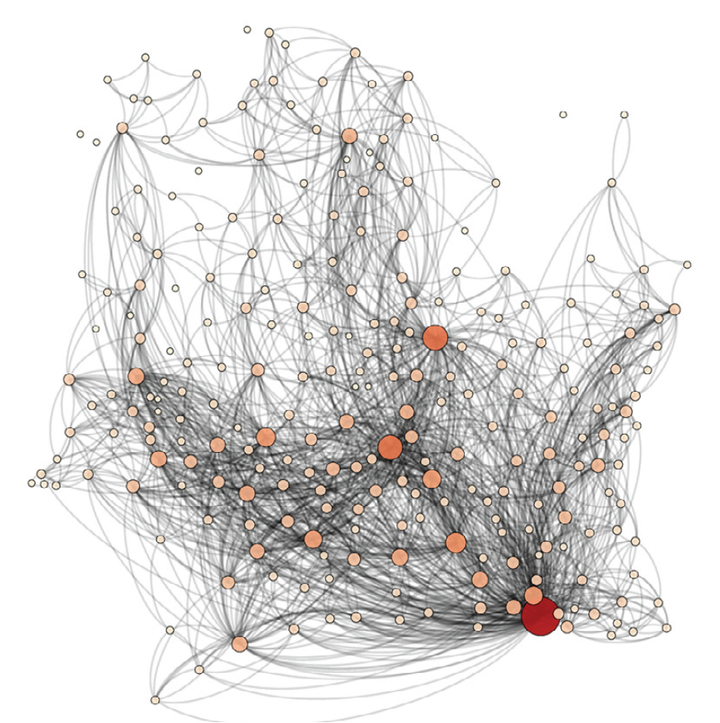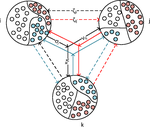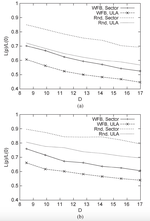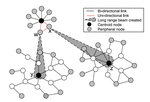Enhancing Information Dissemination in Wireless Networks

Information dissemination across the network is a critical aspect. Dissemination of information should be context dependent and, if needed, should reach as many devices in the network in a short time. In communication networks, those based on the device to device interactions, dissemination of the information has lately picked up a lot of interest and the need for self-organization of the network has been brought up. Self-organization leads to local behaviors and interactions that have global effects and helps in addressing scaling issues. The use of self-organized features allows autonomous behavior with low memory usage. In order to provide self-organized features to communication networks, insights from such naturally occurring phenomena are used.
Nonetheless, achieving small world properties is an attractive way to enhance information dissemination across the network. To achieve small world properties, rewiring of links in the network is performed by altering the length and the direction of the existing links. In an autonomous wireless environment, such re-organization can be achieved using self-organized phenomenon like Lateral Inhibition and Flocking, and beamforming (a concept in communication). Further, due to slow and evolutionary nature of Lateral inhibition and Flocking, it is not feasible to apply the algorithm in a mobile scenario. This leads to study of other algorithms that perform best and utilizes no extra energy and had low computational cost. Thus, in this contribution, the key questions addressed were:
- how can information dissemination be enhanced across the network, either static or mobile, where device are autonomus?
- what insights from nature be utilized?
The main outcomes of this contribution were: i) study of nature-inspired algorithms to increase connectivity and achieve Small World properties, ii) a distributed algorithm for nodes to decide on their beamforming behavior, iii) a simulation based analysis of the achievable performance benefits of randomized beamforming and identify the challenges involved, iv) a new measure of betweenness centrality WFB (Wireless Flow Betweenness), which is used to identify beamforming nodes, v) significant performance benefits can be achieved over randomized beamforming using algorithm developed in the contribution, vi) the introduction of latent states to account for variable density, vii) study of how mobility in a network with community structure could be applied to achieve large-scale dissemination in a dynamic device to device based communication network, and viii), study of information dissemination in the context of Ivory Coast.
This contribution paved the way to my Ph.D. dissertation.


